I’m a music teacher. I’m a Spanish teacher. I am a both. I am a Native speaker. How do I reconcile both in my classroom? These were my thoughts throughout #CIIA2018 this month, especially when Laurie Clarcq was speaking in her breakout sessions.
As a Spanish teacher, I constantly use music in my room. Mainly in a indirect way for my non-native & non-heritage students (if you are ACTFL fan they are Novice to Novice-low, rarely a Novice-Mid as a Second Language learner because of contact hours). I mostly use my Spotify playlist “Songs in Spanish” to keep playing in the background. All. The. Time.
When I have commented to my coworkers about this during the school year (mainly a music teacher) I told them that it grounds me. It keeps me connected to music, but there IS a method in my madness.
The madness
My first 2 years as a Middle School, MYP teacher in an International Baccalaureate school, I have 35+ students. Every class period. Yes, that means that in 2 days (we’re in an A/B schedule) I teach a max of 400 students. In my classroom, I have free seating & “you have a phone, ok. Use it to your advantage.” Policy. Meaning, that if a student has a phone, I do not go “phone-Nazi” and take them away. I purposely teach focus. I did not realize that I did this, until our technology teacher told me that she did the same thing. I want to teach focus. Intentional focus. This is hard at the middle school brain.
I start the school year telling all my students that I am a music teacher, I conduct choirs, I sing in choirs, and that I conducted choirs in Puerto Rico, my home country. They are always “shook” and as one student told me this year “show me the receipts Brenda, or it didn’t happen”. I show them the “receipts” and they’re impressed (to say the least). Honestly, that was the point of “the art of musical poetry” when this blog began: how does music, language and culture works. As a Spanish teacher, while the core is still there, it’s been tweaked as I teach Spanish.
How do I use the madness to my advantage
Using my Spotify playlist, I put on music that I will teach during their 3 years in the program, music that is fun/different, music that my students (mainly my native speakers) choose to share to the “gringo students”.
It opens up conversation that yes, in Spanish-land you have as many musical genres as they listen to in English. From Taylor Swift-like pop, to hard metal, to Spanish covers of their “omg this song gives me life” favorite songs.
While it takes them some time (mainly new students and incoming 6th graders) to adjust, they LIKE the culture in the classroom. They KNOW that if they don’t have music playing something DIFFERENT is going to happen in the room. Students BEGIN to WITHOUT prompt sing the songs in Spanish, learn their favorite songs in a Spanish cover, and even better? ASK for SPECIFIC songs. This year Corazón sin Cara, Andas en mi cabeza, and La Gozadera were huge hits.
WHY?
We go back to the Why? Why would I do this? I do know that most teachers would think I am crazy for doing this. Well… I might be. But it goes back to who I am, what I do, and what I want my students to achieve and feel successful. In 3 years, in an A/B schedule, my students will NOT be awesome superstars with their output. I know that. I’ve accepted that. Now, this year’s 6th graders (next year’s 7th graders) might make me reject that reality. If so, #ChallengeAccepted.
In my room, silence needs to be important. Just like music. It has to have MEANING. It reminds me of what Laurie Clarcq said at CIIA (I’m paraphrasing)
“The Teacher is the conductor of the orchestra. They know (or should know) the music, the theory, and each student must bring their “instrument” or kill so that they can continue to improve.
But let’s be real, most of the students do not have some skills, what ever skill you’re looking for (reading, writing, social-emotional, etc) so we have to address it and teach it.
How do I teach it
1. Student’s who are notoriously late: Conversations.
As of this year, students have a grade that directly ties their attendance. It’s a small rehearsed conversation: Hola Maestro. Me llamo ____. Como estas? Now while it was surprisingly spanish (Sam Finneseth) who started this year, I followed suit and it gave me a lot of rewards. Students who are shy and are more receptors rather than “sayers” they have at least 1:1 interaction with me. Most importantly it teaches students that they need to be on time, is simple and parents are supportive.
2. It can be used as a warm up.
3. I use it to actually remember students and their names. (I am horrible with names)
4. Students with phones: Teach self-control
I am a phone-a-holic. I am. I let my students know this. I even check my phone (sometimes) while they are working. It’s part of life and these kids never lived in a time where people have smartphone (and I feel old about that). So I have to teach them, just like a part of the orchestra, they do not need it at the moment. IF you are grabbing the phone its to check time, listen to your OWN music when SPANISH music is not plating (which is almost never), using Quizlet in class (when we need to), etc.
5. What to do with silence
If we have silence in the room, we are using it when we play mafia (listen to be understood. Listen to comprehended), when we are reflecting on our process, when I am talking about our CFA’s, Scales, and/or “big things” like real-life connections of culture and what we are reading, etc.
Would love to hear from you, what are some things that some peers think is “unorthodox”, “crazy or mad ideas” or simply how do you mix music, culture in your classroom that might be out of the norm?

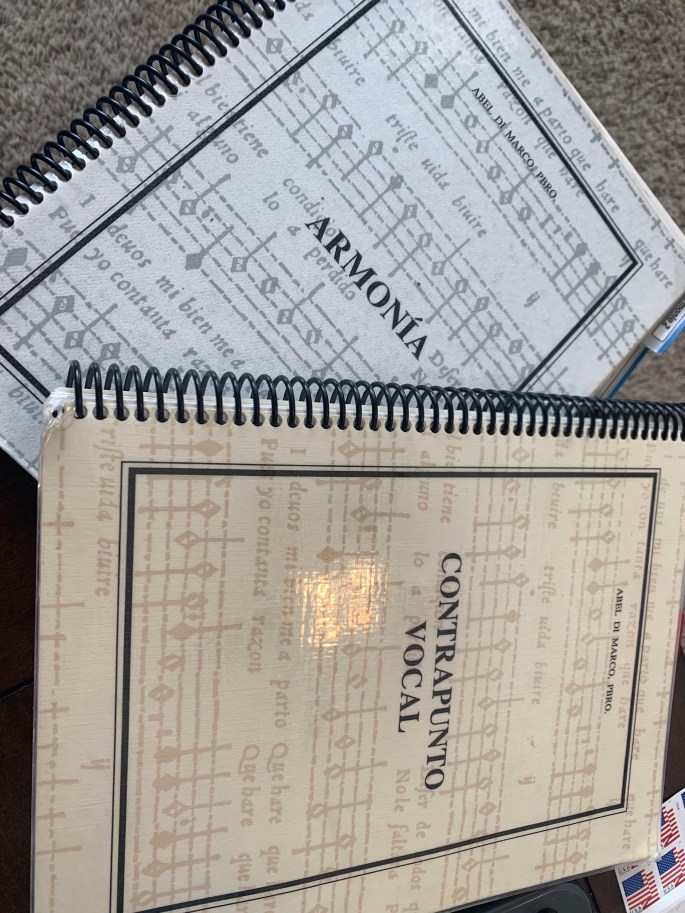
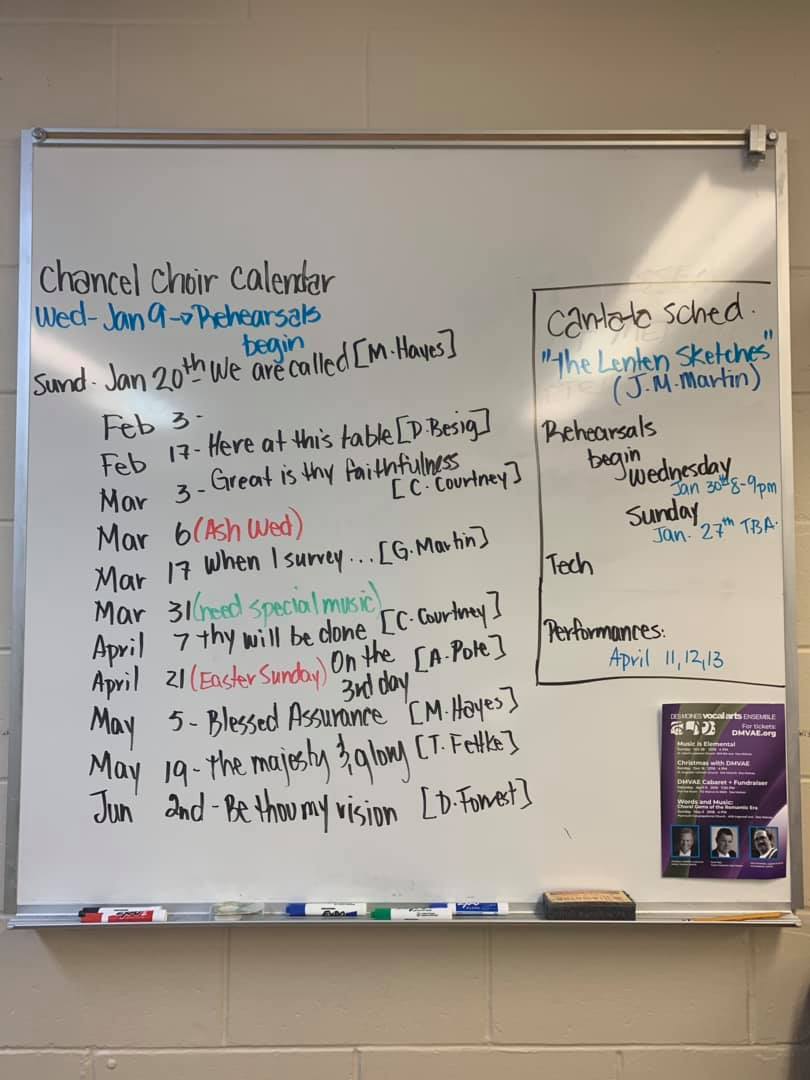



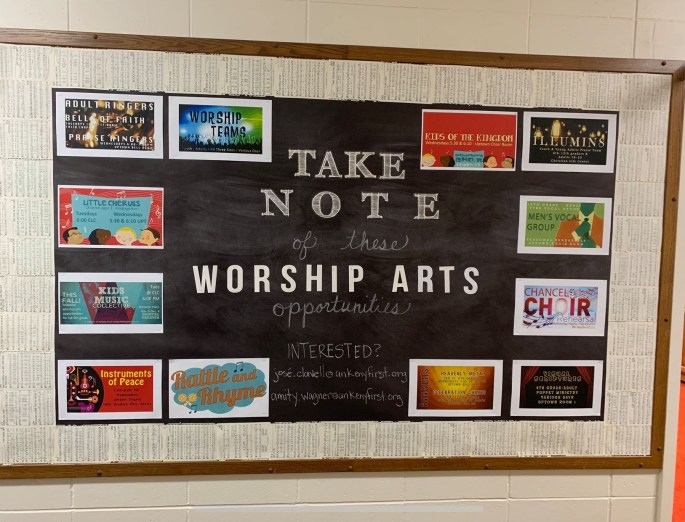
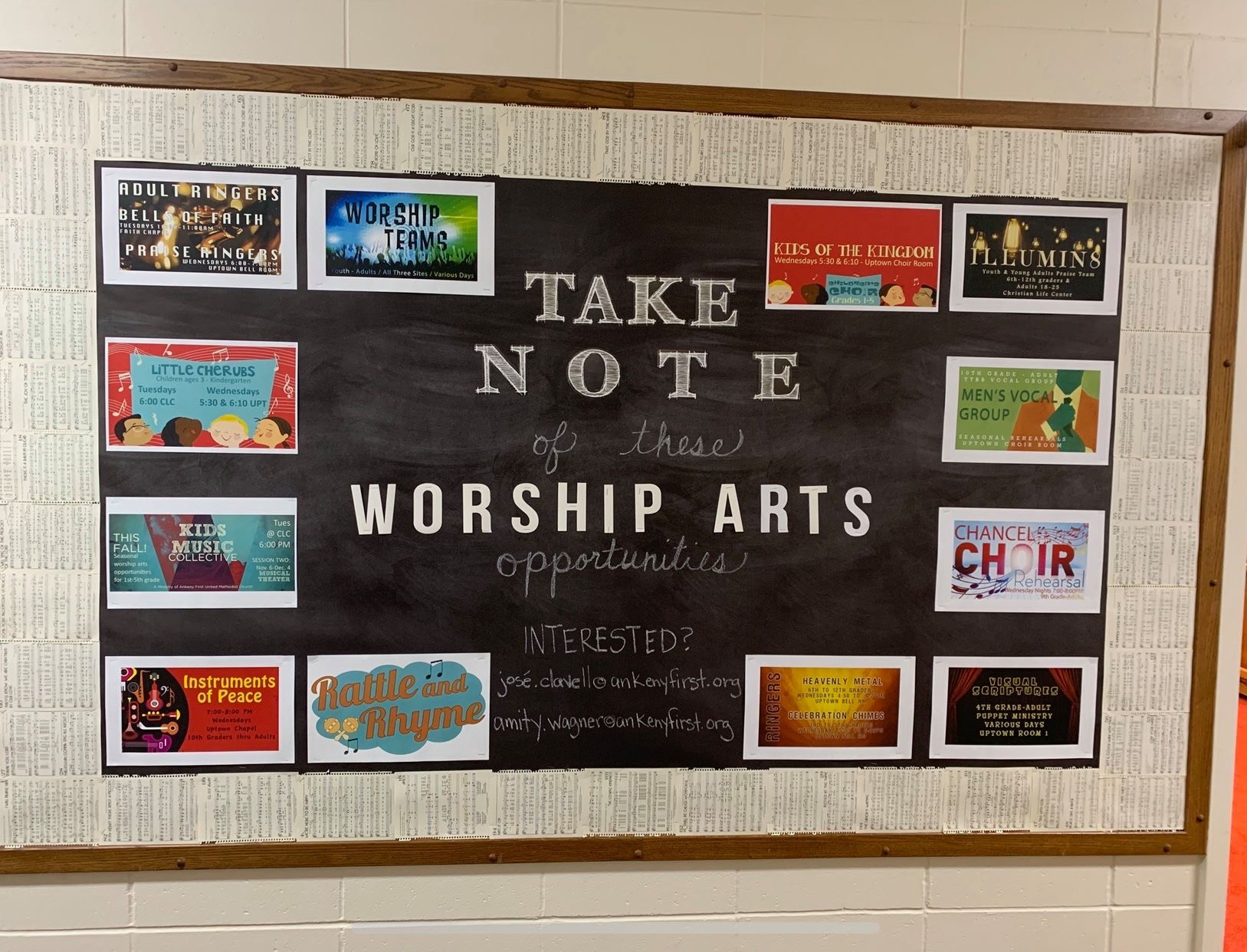

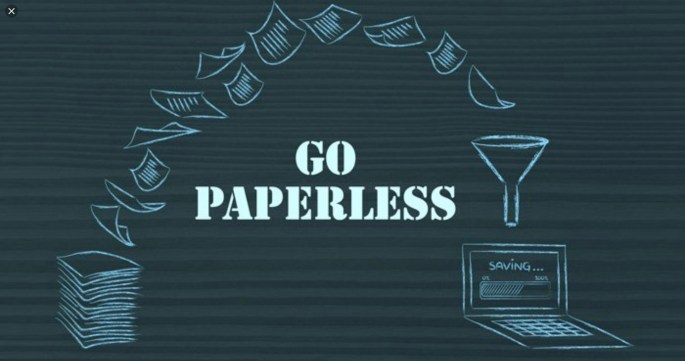
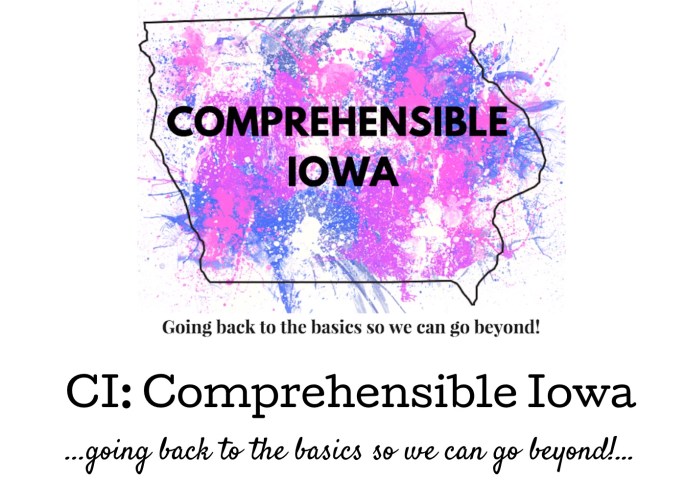
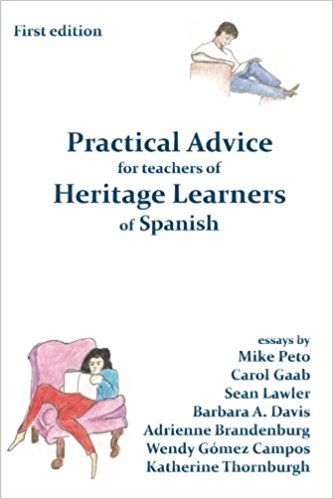 I went to 3 of Laurie’s sessions which were amazing. I also went to Sam Finneseth’s Heritage students in a CI classroom. I loved this presentation. I believe that it was very real as mostly her reflections on the past school year as a Spanish teacher for Heritage students. As a native speaker, I hear constantly that these students should not be in a Spanish classroom. While I had this mentality during my first year of teaching, I was able to create a Heritage class at my school and I could see what was Finneseth’s thought process. I do know that we NEED an active NEED in our state and nation in how to help these types of students. I already have my book by Mike Peto to help me for this next school year. I also had a lot of people asking me what I actively do with my 8th graders when it comes to curriculum, which that will be a post in the near future.
I went to 3 of Laurie’s sessions which were amazing. I also went to Sam Finneseth’s Heritage students in a CI classroom. I loved this presentation. I believe that it was very real as mostly her reflections on the past school year as a Spanish teacher for Heritage students. As a native speaker, I hear constantly that these students should not be in a Spanish classroom. While I had this mentality during my first year of teaching, I was able to create a Heritage class at my school and I could see what was Finneseth’s thought process. I do know that we NEED an active NEED in our state and nation in how to help these types of students. I already have my book by Mike Peto to help me for this next school year. I also had a lot of people asking me what I actively do with my 8th graders when it comes to curriculum, which that will be a post in the near future.